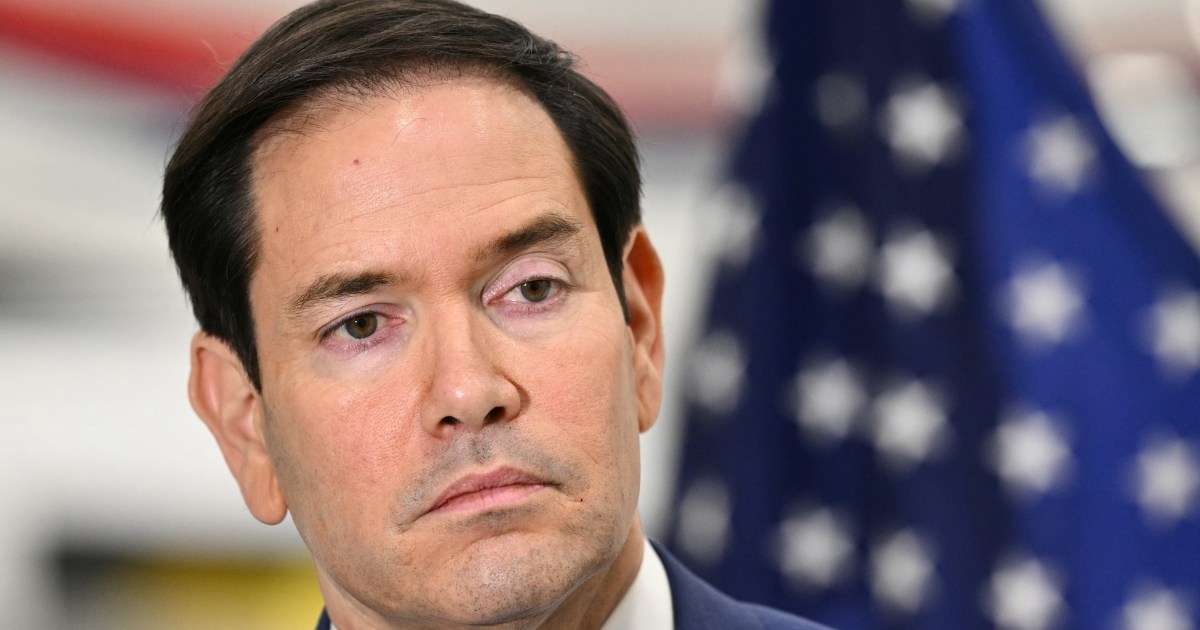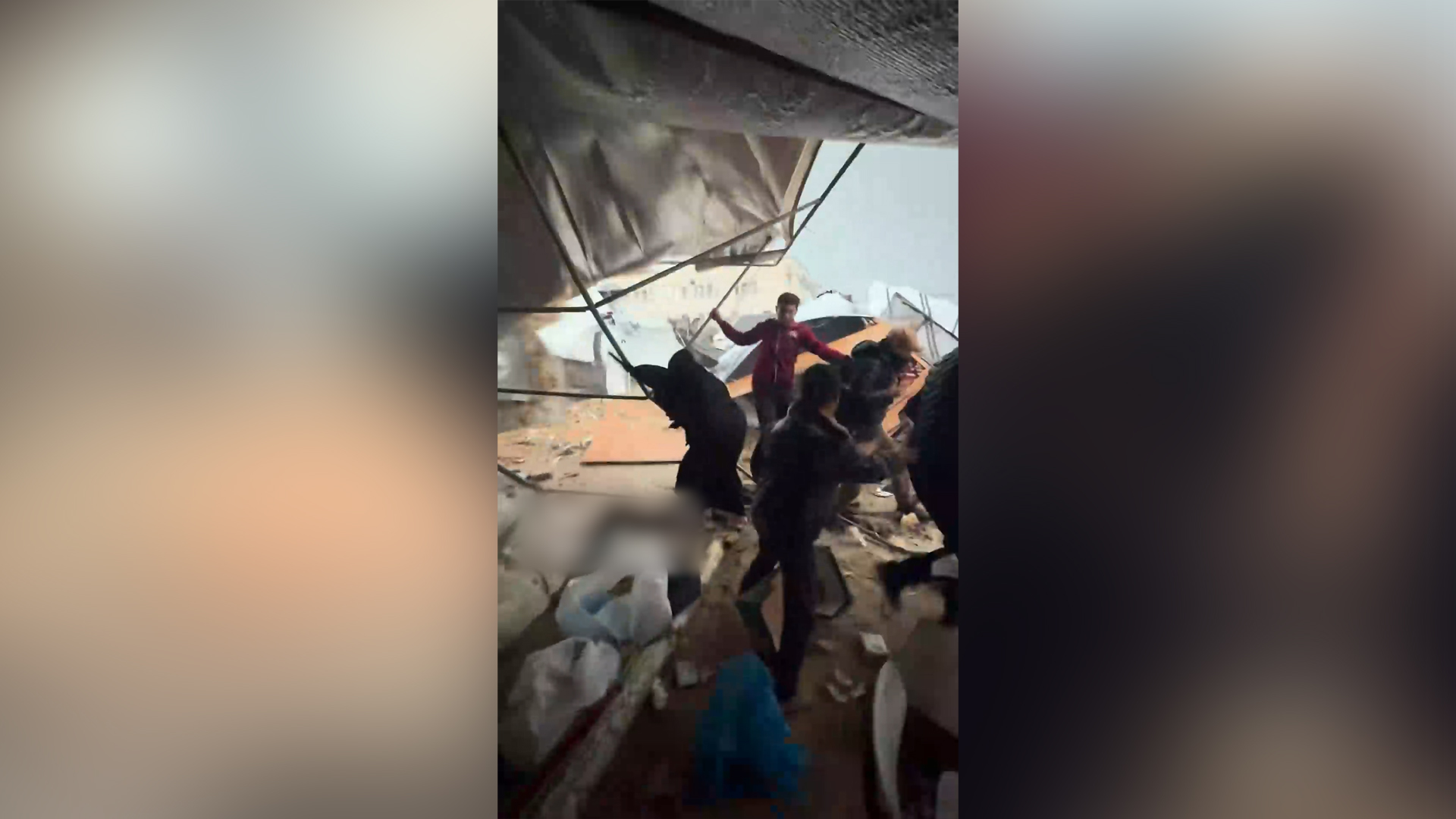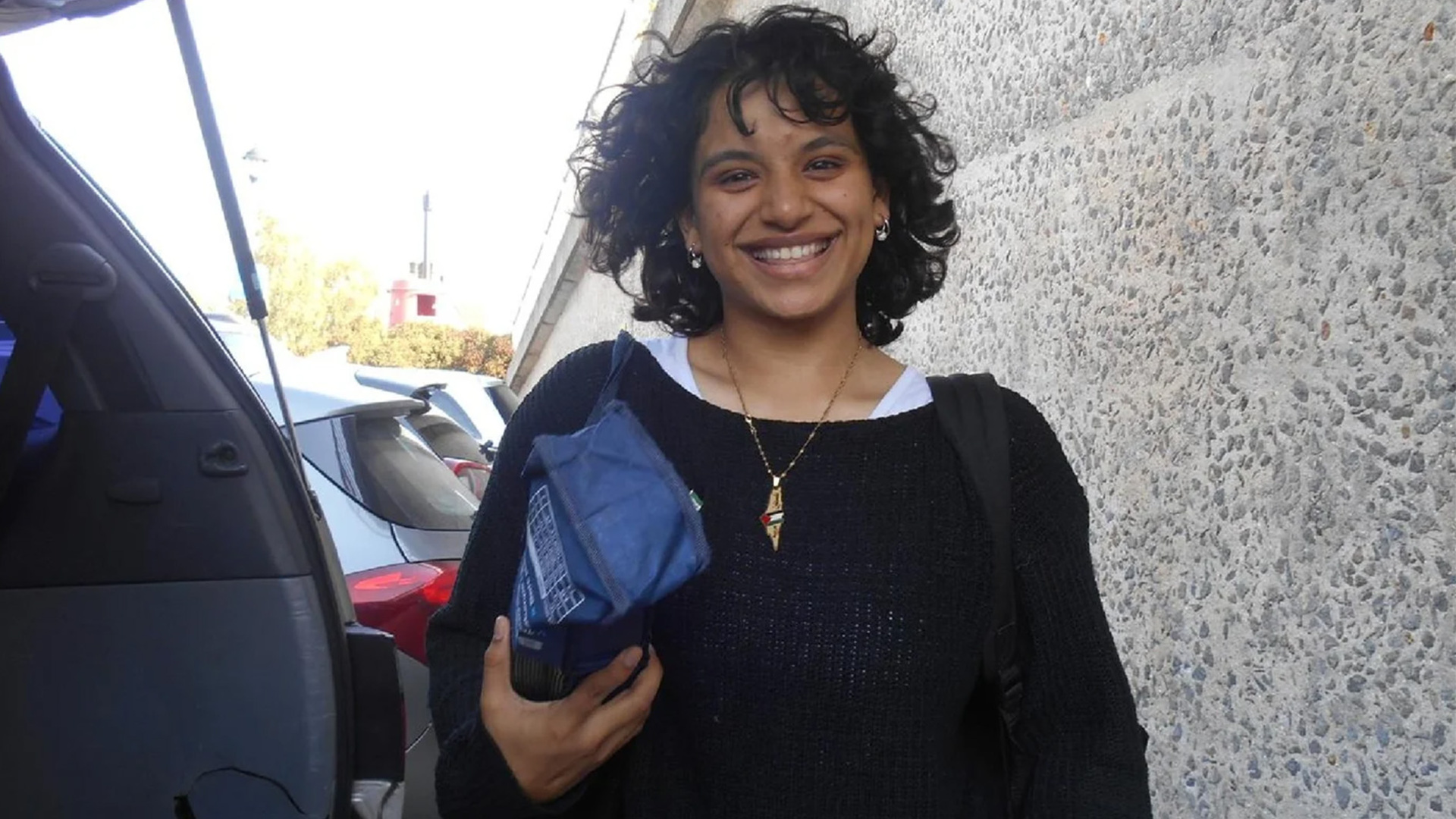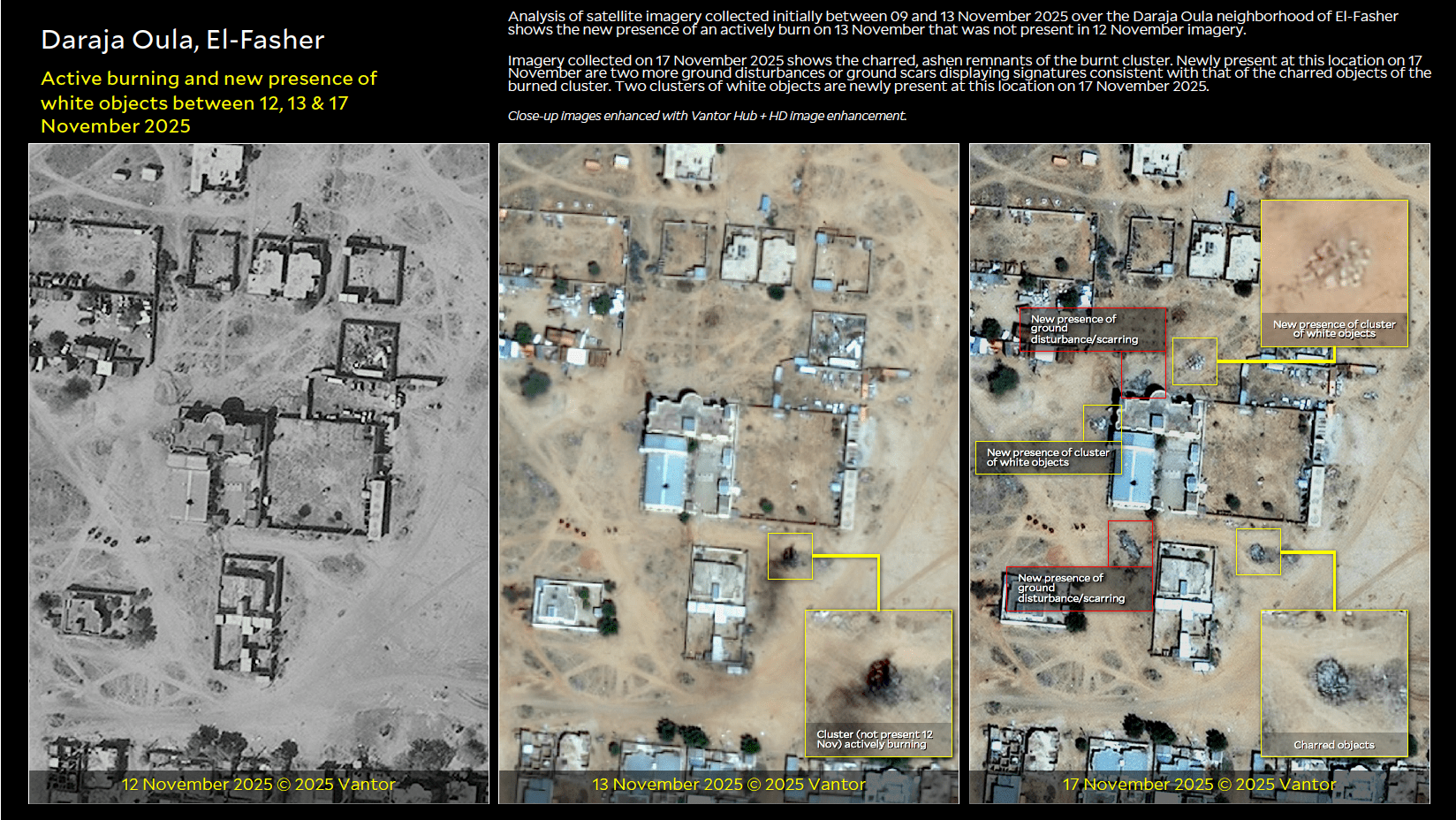Bogota, Colombia – The United States Department of State has designated Colombia’s largest criminal group, the Gaitanist Army of Colombia (EGC), a “terrorist organisation”.
The EGC, also referred to as the Clan del Golfo, has a presence across Colombia and is known for its involvement in drug trafficking, illegal mining, and extortion.
Recommended Stories
list of 3 itemsend of list
“Today, the Department of State is designating Clan del Golfo as a Foreign Terrorist Organisation (FTO) and a Specially Designated Global Terrorist (SDGT),” read a statement by US Secretary of State Marco Rubio released on Tuesday morning.
“Based in Colombia, Clan del Golfo is a violent and powerful criminal organisation with thousands of members … responsible for terrorist attacks against public officials, law enforcement and military personnel, and civilians in Colombia,” continued the communique.
Last year, the Biden administration imposed financial sanctions on top members of the EGC but stopped short of classifying it as a terrorist organisation.
Washington previously designated other active Colombian armed groups as FTOs, including the National Liberation Army (ELN) and dissident factions of the defunct Revolutionary Armed Forces of Colombia (FARC).
Under the FTO designation, US courts can sanction any individual or organisation considered to be providing assistance to, or linked to, the EGC.
The move will increase opportunities to sever links between the group and private enterprise, according to analysts.
“This is an organisation that has deep tentacles in the business world,” said Elizabeth Dickinson, deputy director for Latin America at International Crisis Group, adding, “it does open some interesting lines of investigation, for example, in money laundering and facilitating and logistics.”
But experts also warn that Washington’s move could undermine ongoing peace negotiations between the EGC and the Colombian state, mediated by the Qatari government. On December 5, Colombia signed a deal in Doha with the EGC to initiate a peace process aimed at the EGC’s disarmament.
“The designation of the EGC and its command structure as terrorists makes it almost impossible to continue these talks outside the country with security guarantees,” said Gerson Arias, conflict and security investigator at the Ideas for Peace Foundation, a Colombian think tank.
He added that it complicates discussions on extraditions, a key point of contention in ongoing negotiations. According to Arias, the FTO designation effectively eliminates the possibility of the Colombian state providing guarantees that it will not extradite EGC leaders to a US prison.
Last week, the group’s chief negotiator, Alvaro Jimenez, told Reuters that the group’s commanders would likely face jail time in a potential deal, raising the stakes for non-extradition guarantees.
A breakdown in talks could intensify the conflict between the state and the EGC, according to Crisis Group’s Dickinson: “If peace talks were to end … I do think that that would lead to an escalation in violence across the north of the country, particularly.”
Earlier this year, the EGC killed dozens of state security officials in a targeted campaign.
But Dickinson stressed that the FTO designation does not preclude peace talks, citing the successful 2016 deal with the FARC, which was then a US-designated FTO.









